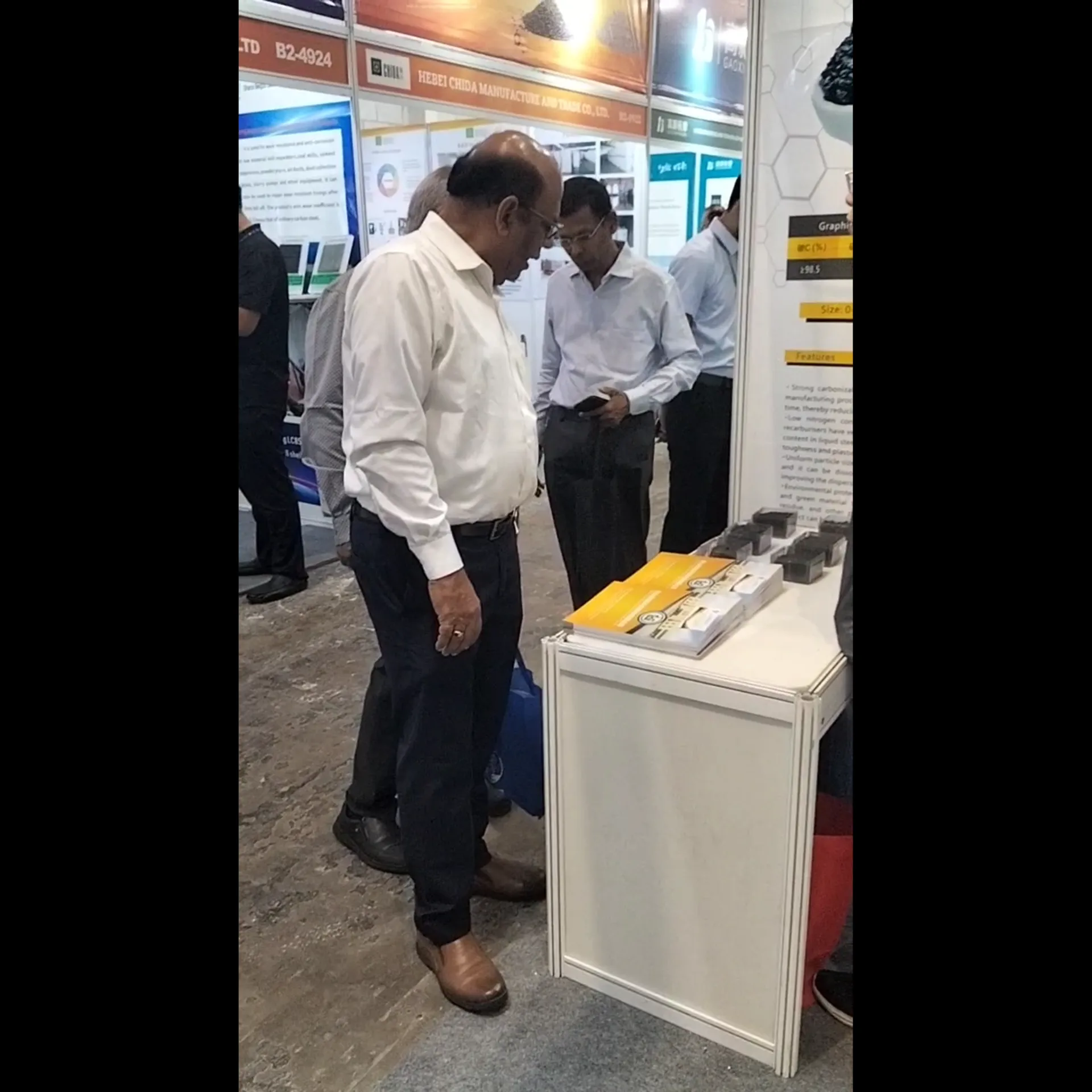снеж . 04, 2024 19:17 Back to list
Innovative Approaches to Converter Steel Production Techniques and Their Impact on Industry
The Role of Converter Steel Making in Modern Metallurgy
The steel manufacturing industry is a cornerstone of modern infrastructure and manufacturing, providing essential materials for buildings, machinery, and transportation. Among the various methods of steel production, converter steel making has emerged as a highly efficient and crucial process. This innovative approach not only helps in producing high-quality steel but also addresses environmental concerns related to traditional steel-making practices.
Converter steel making, often referred to as the basic oxygen steelmaking (BOS) process, utilizes a mixture of molten iron and scrap steel that is converted into high-quality steel through the injection of oxygen. The technology was developed in the mid-20th century and has since undergone significant advancements, making it one of the most commonly used methods in steel production today.
One of the primary advantages of converter steel making is its efficiency in utilizing raw materials. The process typically starts with hot metal from a blast furnace, which contains about 93% iron along with unwanted impurities such as carbon, silicon, manganese, and phosphorus. The BOS converter is charged with this molten iron, along with a portion of scrap steel, which can reduce the need for virgin material extraction and promote recycling. The overall mix of materials is then subjected to high-purity oxygen injection, which reacts with impurities to produce oxides that can be easily removed or form slag.
The chemical reactions occurring in the converter are critical for steel quality. During the injection of oxygen, carbon content is dramatically reduced—which is essential because high carbon levels can compromise the strength and ductility of steel. By carefully controlling the amount of oxygen introduced and the duration of the process, steelmakers can achieve desired carbon levels and tailor the properties of the final steel product for specific applications. This flexibility makes converter steel making indispensable for producing a wide range of steel grades, from low-carbon steels used in automobiles to high-quality stainless steels utilized in food processing and medical equipment.
converter steel making

In addition to quality and efficiency, converter steel making is increasingly aligned with environmental sustainability initiatives. The steel industry has historically faced scrutiny for its carbon emissions and energy consumption. However, with the implementation of converter processes, steel companies are significantly increasing their energy efficiency. The use of scrap steel not only decreases the requirement for raw iron but also reduces the overall energy needed for production since recycling scrap demands less energy compared to processing iron ore.
Furthermore, advancements in technology such as carbon capture and storage (CCS) are being integrated into converter steel-making operations to further mitigate the environmental impact. CCS involves capturing carbon dioxide emissions produced during the process and storing it underground or repurposing it, effectively reducing the carbon footprint of steel production. Such measures are vital as the global community progresses toward achieving net-zero emissions targets.
Moreover, the economic benefits of converter steel making should not be overlooked. With the global steel demand continually rising, efficient production methods can lead to significant cost savings. The flexibility of being able to adjust the type and quantity of raw materials used allows steel manufacturers to respond quickly to market demands while maintaining profitability.
In conclusion, converter steel making stands as a transformative method in the steel production landscape. Its advantages are multifaceted, encompassing improvements in steel quality, environmental sustainability, and economic efficiency. As the world continues to advance toward more sustainable manufacturing practices, converter steel making is poised to play a vital role in the ongoing evolution of the steel industry, ensuring that it meets both the demands of modern infrastructure and environmental stewardship. By embracing innovations in this field, steelmakers can contribute to a more sustainable future while maintaining the fundamental functions of steel in our daily lives.
-
Fe-C Composite Pellets for BOF: Enhance Efficiency, Lower Steelmaking Costs
NewsAug.25,2025
-
Durable Building Material for Round Wall Exporters | Custom Shapes
NewsAug.24,2025
-
Tundish Dry Vibrator: Boost Steel Casting Performance
NewsAug.23,2025
-
Thermal Insulation Cups Materials Exporters - Quality & Durable Supplies
NewsAug.22,2025
-
High-Purity Graphitized Petroleum Coke & Low Nitrogen Recarburiser
NewsAug.21,2025
-
High-Performance Fe-C Composite Pellets for BOF
NewsAug.19,2025
